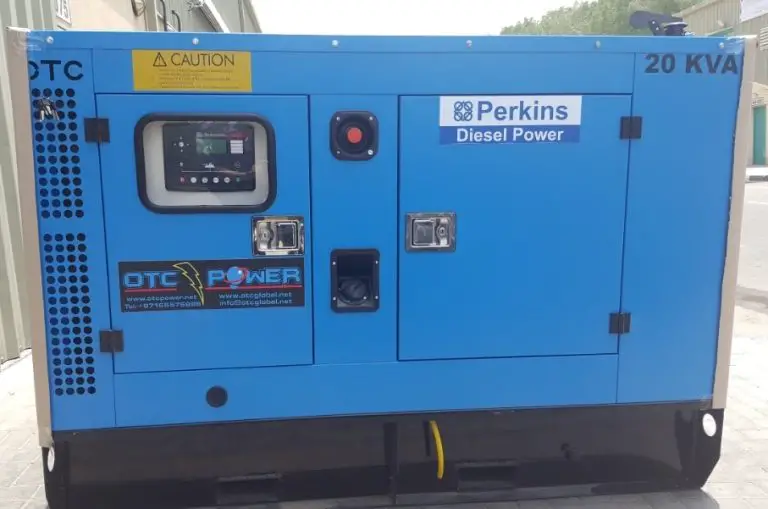
The rotor and stator are crucial parts that cooperate to produce electricity in a diesel generator. Here we describe the roles played by the rotor and stator in a diesel generator by one of the diesel generator suppliers in UAE:
- Rotor
- The generator's moving component, the rotor, is normally coupled to the engine's crankshaft.
- It is made up of an iron core and a coil of wire or other conductive material.
- When energized by direct current (DC) from an external source, such as an excitation system or permanent magnets, the rotor's main job is to produce a revolving magnetic field. The generator cannot function without this revolving magnetic field.
- Electromagnetic induction occurs as the rotor rotates, producing an electromotive force (EMF) in the stator windings.
- Stator
- Here, we describe the functions of the stator as one of the top diesel generator suppliers in Sharjah.
- The stator, which encloses the rotor, is the generator's stationary component.
- Around its perimeter, it has a set of three-phase windings or coils that are evenly spaced.
- According to Faraday's law of electromagnetic induction, the magnetic field of the rotor induces a voltage in the stator windings as it rotates inside the stator. The generator's source of electricity is this induced voltage.
As one of the finest diesel generator suppliers in Congo, we will now go over some more major purposes that the rotor and stator in diesel generators perform.
- Voltage Regulation
Stable output voltage is maintained in part by the rotor and stator. The generator may alter the strength of the magnetic field, which in turn controls the output voltage, by adjusting the excitation current provided to the rotor windings. This makes it easier to guarantee that the electricity generated stays within acceptable voltage limitations.
- Frequency Regulation
Power for delicate electrical gadgets and equipment is frequently provided by diesel generators. The frequency of the electricity produced is influenced by the rotor's rotational speed, which is governed by the engine's speed. To maintain a consistent frequency (usually 50 or 60 Hz) to satisfy the demands of the associated loads, the rotor-stator design is essential.
- Synchronization
The rotor-stator system is essential for synchronizing the output of generators when they are connected in parallel to power a grid or a bigger load. By ensuring that all generators run at the same frequency and phase, synchronization enables them to distribute the load fairly without producing electrical interference.
- Reactive Power Control
Reactive power and active power are both available from diesel generators. Maintaining voltage levels and enabling the functioning of inductive loads like motors and transformers require reactive power. Reactive power generation can be managed as needed using the rotor-stator mechanism of the generator.
- Power Factor Connection
Power factor correction systems that modify the rotor's excitation can be used in diesel generators to raise the power factor. This lessens the strain on the electrical distribution system and improves the efficiency of the generator.
- Overload Capability
The rotor and stator are made to withstand brief overloads that could happen when electric motors start up or during other high-demand situations. Because of the sturdy construction of the rotor and stator, the generator can momentarily deliver more power than its rated capability. We constantly examine the overloading capacity of diesel generators to improve their performance as one of the reliable diesel generator suppliers in Dubai.
- Cooling
To dissipate the heat produced during operation, cooling devices are frequently installed on the stator. Maintaining the generator's efficiency and avoiding overheating requires cooling.
- Insulation and Protection
Insulation has been added to the stator and rotor windings to guard against electrical problems like short circuits. In case of anomalies or defects, protective mechanisms and systems are also built into the generator to shut it down or separate it from the electrical system.






